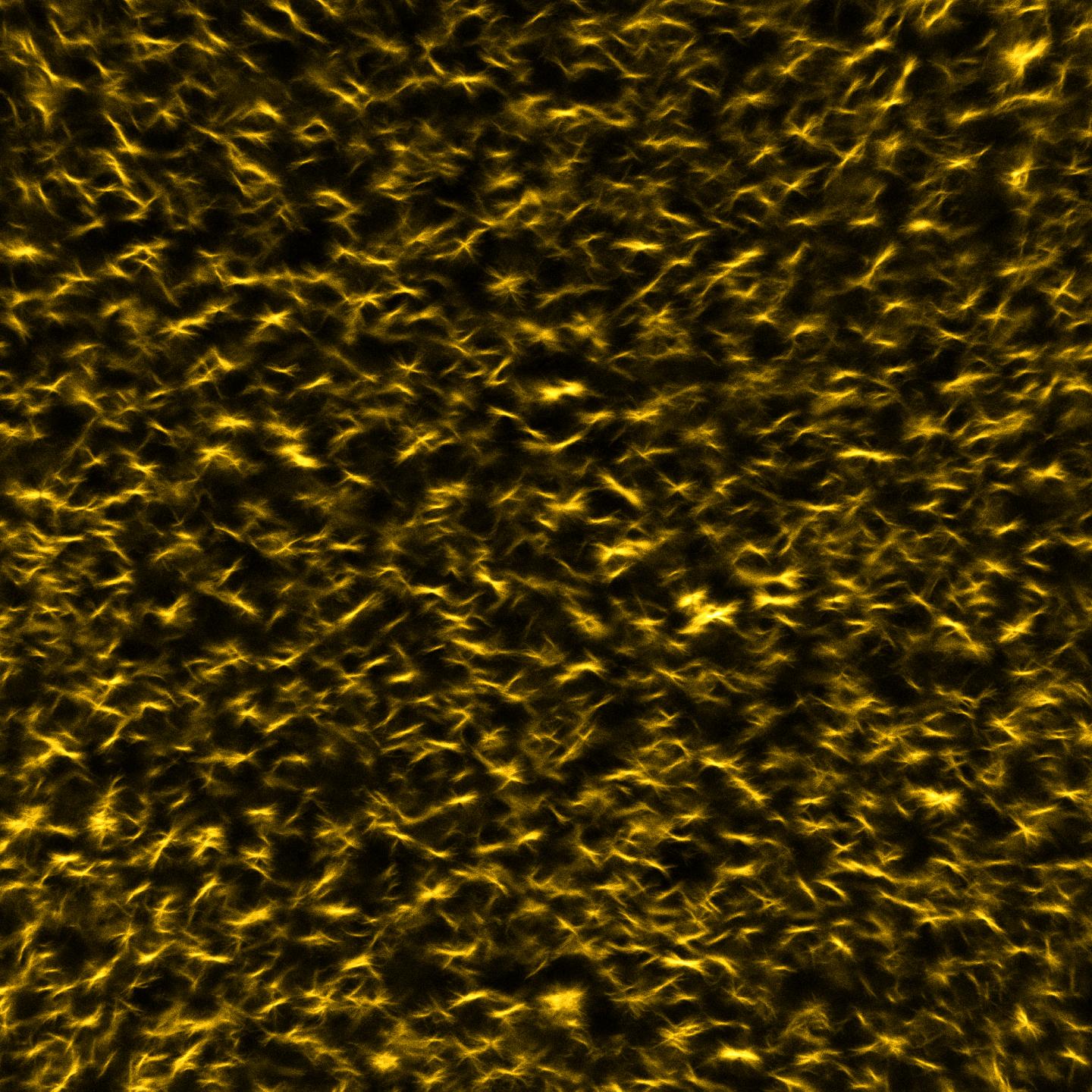
This molecule will disappear in 10, 9, 8…
Scientists have created a new material that simply self-destructs at a specific time. The process, which takes inspiration from the way life uses and reuses molecules, could pave the way for materials that don't need to be recycled, but instead would simply disintegrate at an appointed time. The finding could lead to various products, including structures for drug delivery, transplant anchors and vanishing ink.
The secret behind these self-destructing molecules is that they would require a tiny input of energy to stay in their useful form — without it, they … poof.
"They are materials that don't want to be that type of material. They'd rather be the original building blocks," said study co-author Job Boekhoven, a chemist at the Technical University of Munich in Germany. "They'd rather fall apart and be nothing." [Biomimicry: 7 Cool Technologies Inspired by Nature]
Building blocks of life
When humans are done with an object, they toss it in a landfill, where it will very, very slowly break down; or they burn it to ash; or they recycle its materials by extensively processing them and then returning them to the supply chain. All these methods waste a tremendous amount of either materials or energy.
But life doesn't waste molecules in the same way, mainly because of how it uses chemical bonds, Boekhoven said.
For instance, most human-made solids are created using a kind of molecular marriage called covalent bonding, in which atoms share electrons. These incredibly strong bonds are hard to break up. Think of a plastic polymer made by heating up the basic building blocks from a petroleum product. They form tough carbon bonds that bacteria are not able to break, which is why plastics don't biodegrade, Live Science previously reported.
Sign up for the Live Science daily newsletter now
Get the world’s most fascinating discoveries delivered straight to your inbox.
But life relies on what are more like casual hookups: much weaker molecular interactions such as ionic, van der Waals or hydrogen bonding, Boekhoven said. For instance, hydrogen bonding, the kind of electrostatic attraction found in water in which the positive and negative ends of molecules align, is 10 times weaker than covalent bonding, in which atoms share electrons. And van der Waals forces, in which the ever-shifting electron clouds of atoms slightly rearrange themselves to reduce repulsion or strengthen attraction, vanish at larger distances.
Life also relies on another key factor that is vital to the new vanishing molecules: The molecular structures life uses are always "out of equilibrium," meaning they require a constant influx of energy to keep functioning. Without that extra energy (from food, for example), these molecules will eventually dissociate on their own and return to a simpler state.
"A cell constantly needs nutrients and energy," Boekhoven told Live Science. "Otherwise, it would just fall apart to its simple building blocks."
One benefit of life's approach is that it makes it easy to quickly reassemble the more complex structure with a little input of energy, meaning life-based molecules are essentially self-healing, Boekhoven said.
Self-destructing molecules
In the current work, Boekhoven and colleagues decided to take a page from life's way of assembling materials. To do so, the researchers created a few different types of materials that require energy input to stay in their current forms, which the scientists call supramolecular molecules.
The first was a simple colloid made of tiny beads, each of which are just 1 percent as big as the diameter of a human hair, Boekhoven said. As fuel is added, the miniature beads assemble like a string of pearls, and they can be tuned to assemble and disassemble in a certain order and at certain times. Boekhoven said he envisions these materials being used to deliver drugs. For instance, certain drugs need to bypass stomach acid, so if they are timed to disassemble only after they've passed into the gut, they could protect drugs until they reach the desired location, Boekhoven said.
The researchers also tested a fluffy crystalline material that is normally see-through but becomes cloudy and opaque when a fuel is poured on top of them. As the fuel is used up, dark spots become clear again. The team envisions this material being used as a completely erasable ink, the researchers reported July 18 in the journal Nature Communications.
"So, you can create a temporary message that erases with a predefined lifetime," Boekhoven said. A material like that could dramatically reduce the use of ordinary paper in things like bills, tickets and receipts, he said.
Yet another material is formed from long fibers that self-assemble to form structures that could one day be used to anchor a tissue transplant in place until the body can take over; the material would then vanish, the researchers said.
If these materials self-assemble and degrade, and they require energy input to exist, then are they "living" in some sense?
Right now, none of these materials really have any of life's properties, Boekhoven said. But researchers in the field are beginning to ask what the necessary ingredients are for making a truly self-replicating particle, Boekhoven said.
Originally published on Live Science.

Tia is the managing editor and was previously a senior writer for Live Science. Her work has appeared in Scientific American, Wired.com and other outlets. She holds a master's degree in bioengineering from the University of Washington, a graduate certificate in science writing from UC Santa Cruz and a bachelor's degree in mechanical engineering from the University of Texas at Austin. Tia was part of a team at the Milwaukee Journal Sentinel that published the Empty Cradles series on preterm births, which won multiple awards, including the 2012 Casey Medal for Meritorious Journalism.









